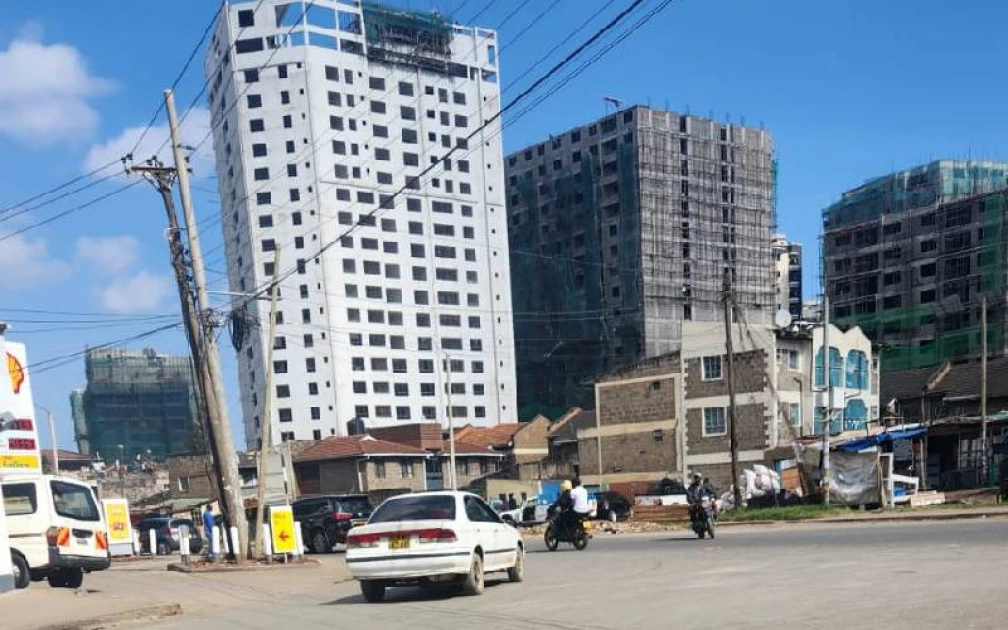Did you know that Mlango Kubwa estate was a crucial entry point into Nairobi Central Business District (CBD) in the 1950s?
Located approximately 3.7km from Nairobi CBD, the estate sits adjacent to the famous Mathare Valley, just across Juja Road.
During the 1950s, locals arriving in Nairobi from villages in Murang’a and Kiambu, particularly from areas like Thika, had to undergo rigorous screening by vigilant Europeans (referred to as “mzungu”) before being granted entry into the capital city.

Locals from Central Kenya, coming into Nairobi, had to first be screened at Mlango Kubwa. The estate today borders Eastleigh, Mathare and Pangani . Photo/Courtesy
The influx of new arrivals seeking opportunities came via Juja Road, as Thika Road did not exist. This road was connected to Juja, hence the name.
The screenings took place during the height of the State of Emergency in 1952. The colonial authorities were keen on keeping any suspected Mau-Mau adherents out of the rapidly growing capital, which served, among other things, as the administrative center.
Mind you, the colonialists also lived in the cooler areas around Nairobi and therefore needed to be kept safe from the Mau Mau, in case they decided to invade the capital.
“The Colonialist had declared an all-out war against Mau Mau fighters. This is why screening points were put in place to sieve through thousands of visitors arriving into the capital, especially from the Central parts of Kenya where the white man was facing a lot of opposition,” Bethuel Oduo, a historian and researcher, said.
And so, those coming into Nairobi, which was then the seat of colonial power, had to be properly screened.
“Many of those who were denied entry into Nairobi ended up settling arounf Mathare valley-as squatters,” says Oduo- noting that this is why you will find many Kikuyus in Mathare.
This is how Mathare came into being, and in the following years, it spread to form other ‘Mathares’ as the population grew and more people came to Nairobi.
Mlango Kubwa served as one such entnry and screening point.
The visitors, having learned some Kiswahili, christened the screening point ‘Mlango Kubwa’ because it was the main door to Nairobi, escpecially for those coming from the other side of Kiambu and Central Kenya.
Today, Mlango Kubwa is a sprawling estate that has since become a prominent part of the neighborhood, bordering Eastleigh and Pagani.


